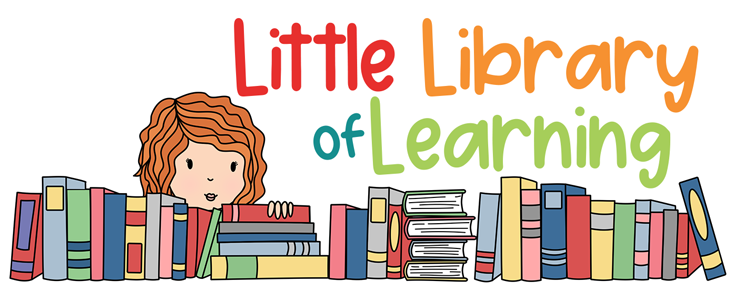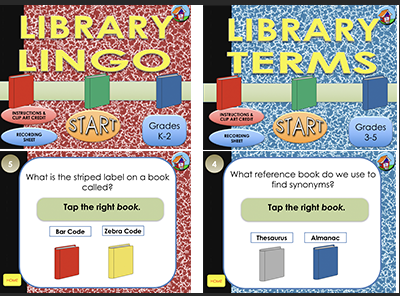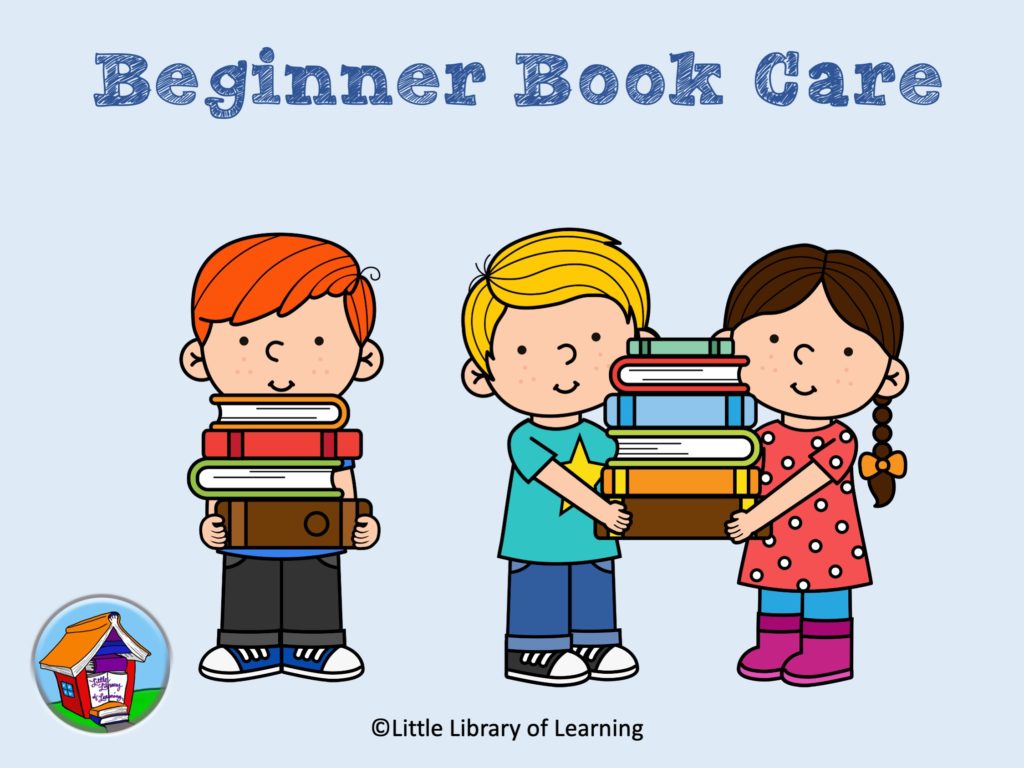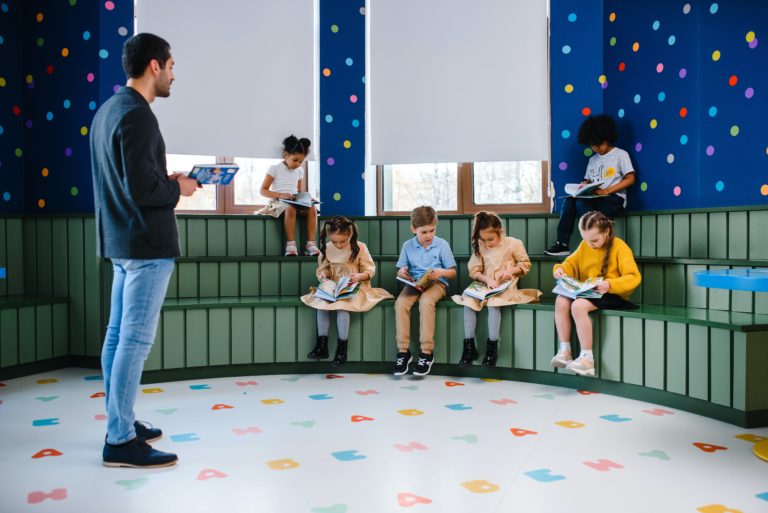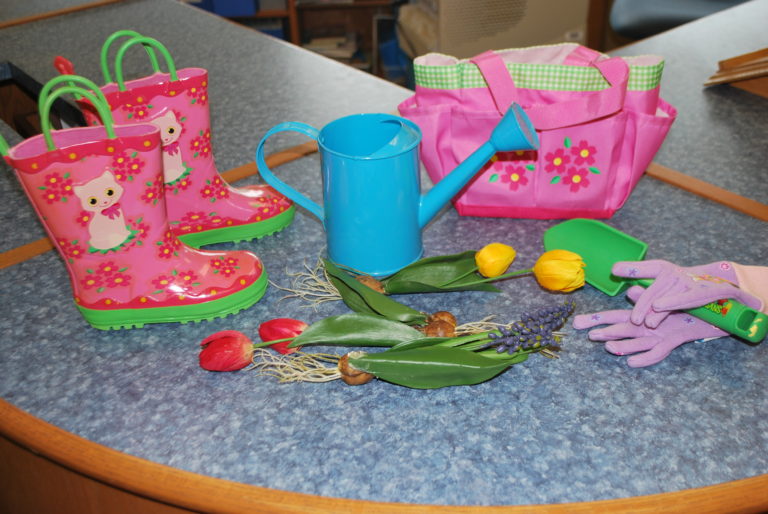8 Procedures for Efficient Library Classes

Are things chaotic in your school library? Do kids come barreling in, grabbing any seat they want? Are they unaware of what books they have borrowed? Do they get in trouble at the end of class because they have nothing to do? Do they all cram the doorway, waiting to be the first on line, when exiting? You may want to adopt these 8 procedures for efficient library classes.

1. Have a System for Returning Books
Have a system for returning last week’s books in an orderly manner. There are several ways to do this. You can have the students line up and check in their old books and return them to the library cart or put them in the book drop, so you can shelve them later (or if you are fortunate enough to have an assistant). I purchased canvas bags with library logos on them. I hang them over the classroom doorknobs the day before the class had Library. I ask the teachers to have a couple of students bring them up to the library first thing in the morning. We each have a “prep” period and mine is the first period of the day. I use that time to check in the books and run overdue notices. That way, I didn’t have to waste any class time on housekeeping.

2. Use Assigned Seating
Create a seating chart with assigned seating. Classroom teachers will tell you who should not be sitting next to whom, to avoid conflicts. I tried to balance girls with boys, and loud with quiet kids (although the art teacher put all the trouble-makers at one table, so they wouldn’t annoy anyone else. I’d be a bit afraid to try that). Our student management system allows you to create a seating chart with student photos. This is useful when you are still learning everyone’s name, or if you are lucky enough to have a substitute when you are out.
3. Review Overdue Books
Since I had checked in all the books in the morning, I was able to print out an overdue list (actually I printed “all that are checked out,” so students would know which books they had at home, even if they were not overdue). For grades K-2, I only allow them one book at time, so it is easier to keep track. For grades 3-5, I allow them two books. If they forgot one, they could still take out another. You have to be flexible, because sometimes they are still using a book for a book report or research. And in those cases, I sometimes also let them take out additional books.

4. Teach Students to Use the OPAC
I teach students in Grades 3-5 how to use the Online Public Access Catalog (or OPAC). They need to learn to be self-sufficient, as it is very difficult for me to help 25 students find books while checking out everyone’s books. There are many worksheets and online activities available to review these skills. I post signs with screenshots of the search menus and periodically reteach search procedures. I tell students that if they learn how to use the OPAC, they will be able to find a book even in the public library more quickly. Of course, the littles in Grades K-2 need my help.
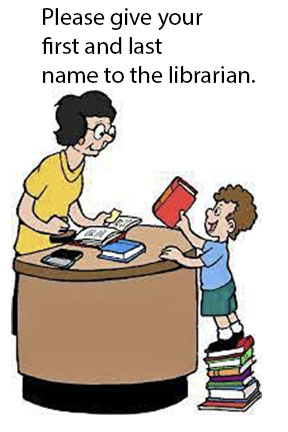
5. Enforce Rules for Checking Out Books
My students are told to line up nicely at the Circulation Desk and give me their first and last name (they always complain, “Don’t you know our names by now?”) But honestly, with 500+ students, many of whom are twins and triplets, I can’t be constantly wracking my brain for their names. I DO try to learn their names because I think it contributes to developing a relationship with my students, but you don’t have time at a busy desk to guess Rumplestiltskin’s name!
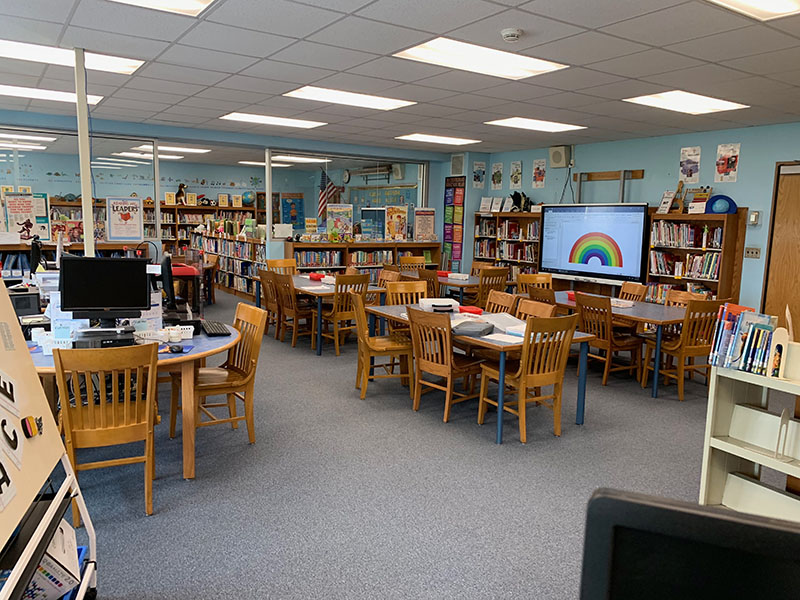
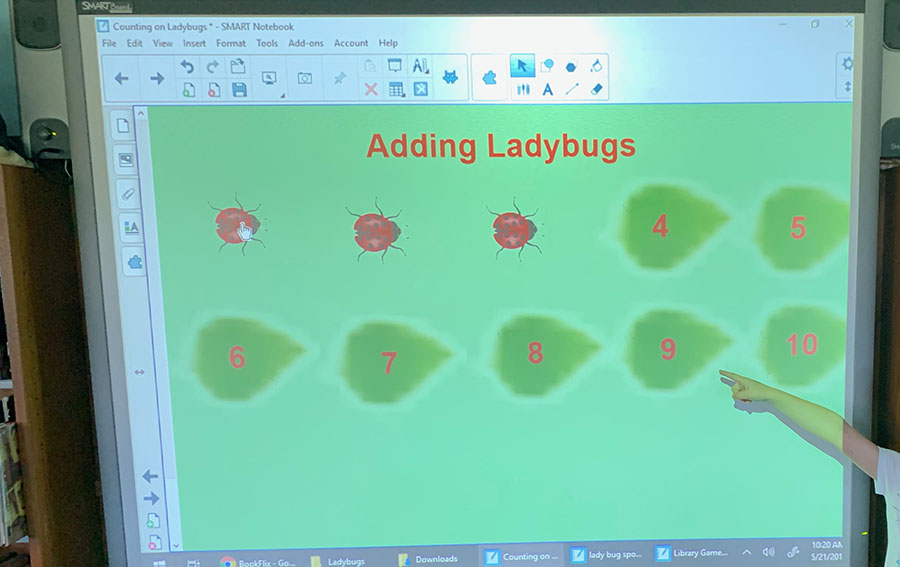
6. Post an End of Class Activity
I always have an end-of-class activity planned, for those students who cannot borrow a book, or who are finished checking out. For the little ones, I put out a coloring sheet in baskets labeled: K, Grade 1, Grade 2. So there’s no yelling, “Which groundhog day picture do we color?” For older kids, I usually call up a game or activity on the Smart Board. They know to line up between the tables and take turns nicely (the worst punishment is to be asked to go back to their table and sit out the activity). As a matter of fact, so many kids hate to leave the library because they are having so much fun, ha, ha!
7. Supervise Orderly Lining Up
When we are approaching the five-minute warning, I do ask all students to return to their tables and then I call one table at a time to line up at the door. I try to call the tables in random order so everyone gets a chance to be first. We do have students arguing to be “last” sometimes, which is a mystery to me!
Would you like a free library game, Flipping Dewey Flapjacks? Click HERE.
8. Decide What to Do about Forgotten Books
Each librarian has to decide for his or herself what to do about forgotten books. I have had parents riding up like the cavalry with their child’s forgotten book. Then, I have had teachers who think it is the crime of the century for a five-year old not to return their book! I do tell students they can’t take out a book if they did not return last week’s book, but I allow them to come up the next morning to return it. If you are too strict, you are the meanie librarian. If you are too lenient, you will have students with a dozen books out and no motivation to return them!
Hopefully, these 8 procedures will contribute to more efficient library classes. Here are some library activities for you to try. Click on the links in the captions.


Sign up for email and blog updates and receive this free activity as a thank you!
